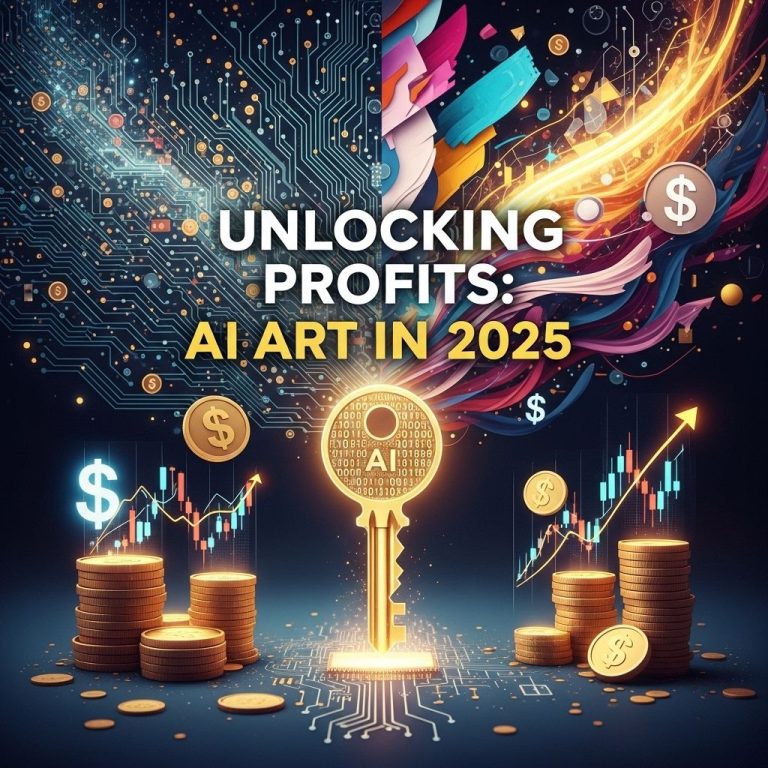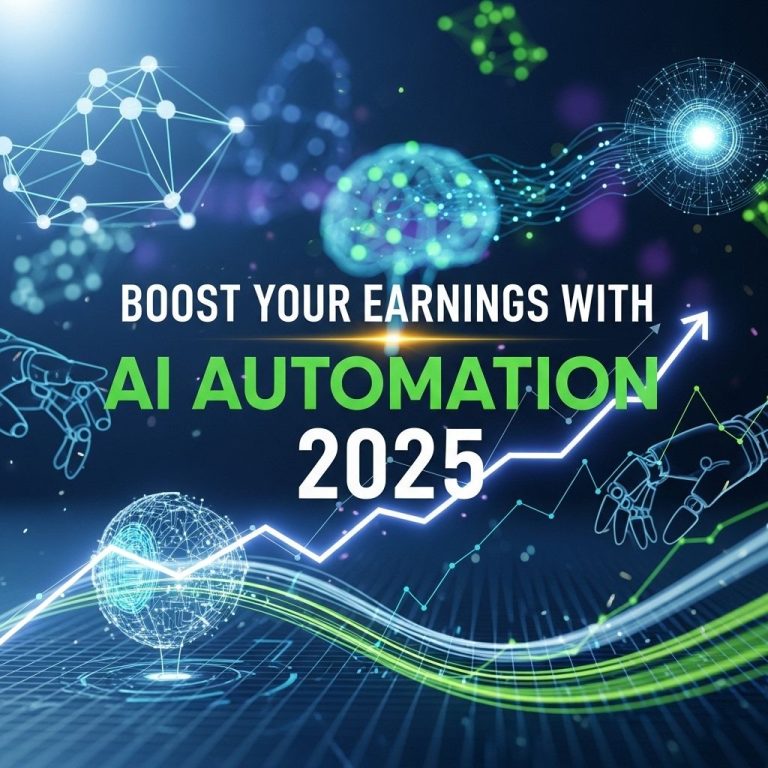As technology continues to evolve, the integration of artificial intelligence (AI) into IT monitoring systems is transforming how organizations manage their IT infrastructure. The advent of AI monitoring dashboards is not only streamlining operations but also providing valuable insights that can drive decision-making and enhance overall efficiency. In this article, we will explore the key features, benefits, and future trends of AI monitoring dashboards, equipping you with the knowledge to leverage these tools effectively in 2025 and beyond.
Understanding AI Monitoring Dashboards
AI monitoring dashboards serve as centralized platforms that aggregate data from various sources, analyze it using machine learning algorithms, and present actionable insights in a visually appealing format. These dashboards allow IT professionals to monitor performance, detect anomalies, and forecast potential issues in real-time.
Key Components of AI Monitoring Dashboards
- Data Integration: The ability to pull data from diverse sources such as servers, applications, and databases.
- Real-time Analytics: Instant data processing capabilities to provide timely insights.
- Customizable Visualizations: Options to tailor dashboards according to user preferences and requirements.
- Automated Reporting: Generation of reports based on predefined metrics and KPIs.
- Alerting Systems: Real-time notifications for system anomalies or performance degradation.
The Benefits of AI Monitoring Dashboards
Organizations that implement AI monitoring dashboards can experience a myriad of benefits that significantly enhance their operational capabilities.
Enhanced Decision-Making
With AI-powered insights, decision-makers can access data-driven recommendations, making it easier to strategize and allocate resources effectively.
Improved Operational Efficiency
By automating mundane monitoring tasks, IT teams can focus on more strategic initiatives, thus driving overall productivity.
Proactive Issue Resolution
AI monitoring tools can predict potential failures before they occur, allowing teams to address issues proactively rather than reactively.
Cost-Effectiveness
By minimizing downtime and optimizing resource usage, AI monitoring dashboards contribute to significant cost savings.
Scalability
As organizations grow, these dashboards can scale accordingly, allowing for the integration of new data sources and applications without compromising performance.
Key Features to Look For
When considering AI monitoring dashboards for your organization, it’s crucial to evaluate various features that can enhance your IT monitoring capabilities.
1. User-Friendly Interface
A clean and intuitive dashboard layout ensures that users can navigate easily and derive insights quickly.
2. Customizable Alerts
Tailored alerts based on thresholds specific to your organization’s needs help in managing critical incidents.
3. Machine Learning Capabilities
Advanced analytics powered by machine learning can uncover hidden patterns and trends in your data.
4. Integration with Existing Tools
Seamless integration with other IT management tools enhances overall efficiency and user experience.
5. Mobile Accessibility
Access to dashboards via mobile devices allows IT professionals to monitor systems on-the-go.
Implementation Strategies
To effectively implement AI monitoring dashboards, organizations should consider the following strategies:
Step-by-Step Guide
- Assess Requirements: Determine the specific needs of your organization and the metrics that matter most.
- Select the Right Tool: Evaluate various AI monitoring dashboard solutions based on features, cost, and scalability.
- Integrate Data Sources: Connect all relevant data sources to the dashboard for comprehensive monitoring.
- Customize Dashboards: Tailor the dashboard to reflect key performance indicators and other vital metrics.
- Train Staff: Ensure that your IT team is well-versed in utilizing the tools effectively.
- Monitor and Adjust: Regularly review performance and adjust parameters as necessary to optimize monitoring.
Future Trends in AI Monitoring Dashboards
As we look towards 2025, several trends are expected to shape the future of AI monitoring dashboards:
1. Increased Automation
The automation of routine monitoring tasks will continue to evolve, allowing teams to focus on more strategic initiatives.
2. Enhanced Predictive Analytics
Improvements in machine learning algorithms will enable more accurate predictions of system performance and potential failures.
3. Greater Emphasis on Security
With rising cybersecurity threats, AI monitoring dashboards will integrate more advanced security features to protect sensitive data.
4. Multi-Cloud Monitoring Solutions
As organizations adopt multi-cloud strategies, dashboards will need to provide visibility across various cloud environments.
5. Integration with IoT Devices
Integration with Internet of Things (IoT) devices will allow organizations to monitor a wider array of systems and environments.
Conclusion
AI monitoring dashboards are set to revolutionize IT management by enhancing visibility, automating routine tasks, and providing actionable insights. As organizations prepare for 2025, adopting these tools will be crucial for staying ahead in a rapidly evolving technological landscape. By leveraging the capabilities of AI monitoring dashboards, businesses can not only improve their operational efficiency but also position themselves for sustainable growth in the future.
FAQ
What are AI monitoring dashboards?
AI monitoring dashboards are visual tools that utilize artificial intelligence to analyze and present data in real-time, helping businesses track performance, detect anomalies, and make data-driven decisions.
How can AI monitoring dashboards improve IT operations?
AI monitoring dashboards enhance IT operations by providing actionable insights, automating data analysis, and enabling proactive issue detection, which leads to reduced downtime and improved service reliability.
What features should I look for in an AI monitoring dashboard?
Key features to look for in an AI monitoring dashboard include real-time data visualization, customizable reporting, predictive analytics, anomaly detection, and integration capabilities with existing IT tools.
Can AI monitoring dashboards help with cybersecurity?
Yes, AI monitoring dashboards can significantly aid cybersecurity efforts by identifying unusual patterns, detecting potential threats, and providing insights for rapid incident response.
Are AI monitoring dashboards suitable for small businesses?
Absolutely! AI monitoring dashboards can be tailored to fit the needs of small businesses, offering scalable solutions that enhance data visibility and decision-making without requiring extensive IT resources.
What trends can we expect in AI monitoring dashboards by 2025?
By 2025, we can expect AI monitoring dashboards to incorporate advanced machine learning algorithms, enhanced user interfaces, greater automation, and improved integration with IoT devices, making them even more powerful for IT insights.




